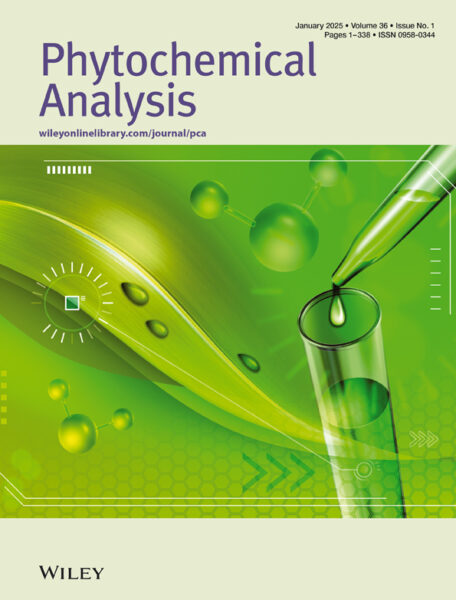Abstract
Cannabis sativa L. exhibits a complex sensory profile governed by a diverse range of volatile and non-volatile compounds. Volatile constituents—such as terpenes, aldehydes, ketones, esters, and sulfur-containing compounds—together with non-volatile taste-active molecules including flavonoids and phenolic compounds, underlie its distinctive aroma and flavor. This review examines how genetic diversity, cultivation practices, and post-harvest processing modulate the synthesis, accumulation, and chemical transformation of these metabolites in the cannabis flower. It discusses recent advancements in the extraction, identification, and quantification of these compounds, highlighting the crucial integration of chemical characterization with sensory evaluation. By synthesizing findings from advanced analytical methodologies, this review addresses the challenges and opportunities involved in defining the sensory profiles of C. sativa L. varieties. Drawing insights from research on other consumer plants, strategies for future innovations are outlined, including the discovery of novel aroma and flavor compounds and the development of a universal cannabis aroma and flavor wheel. This work aims to support advancements in breeding programs, enhance product quality control, and guide future research in cannabis sensory science.




